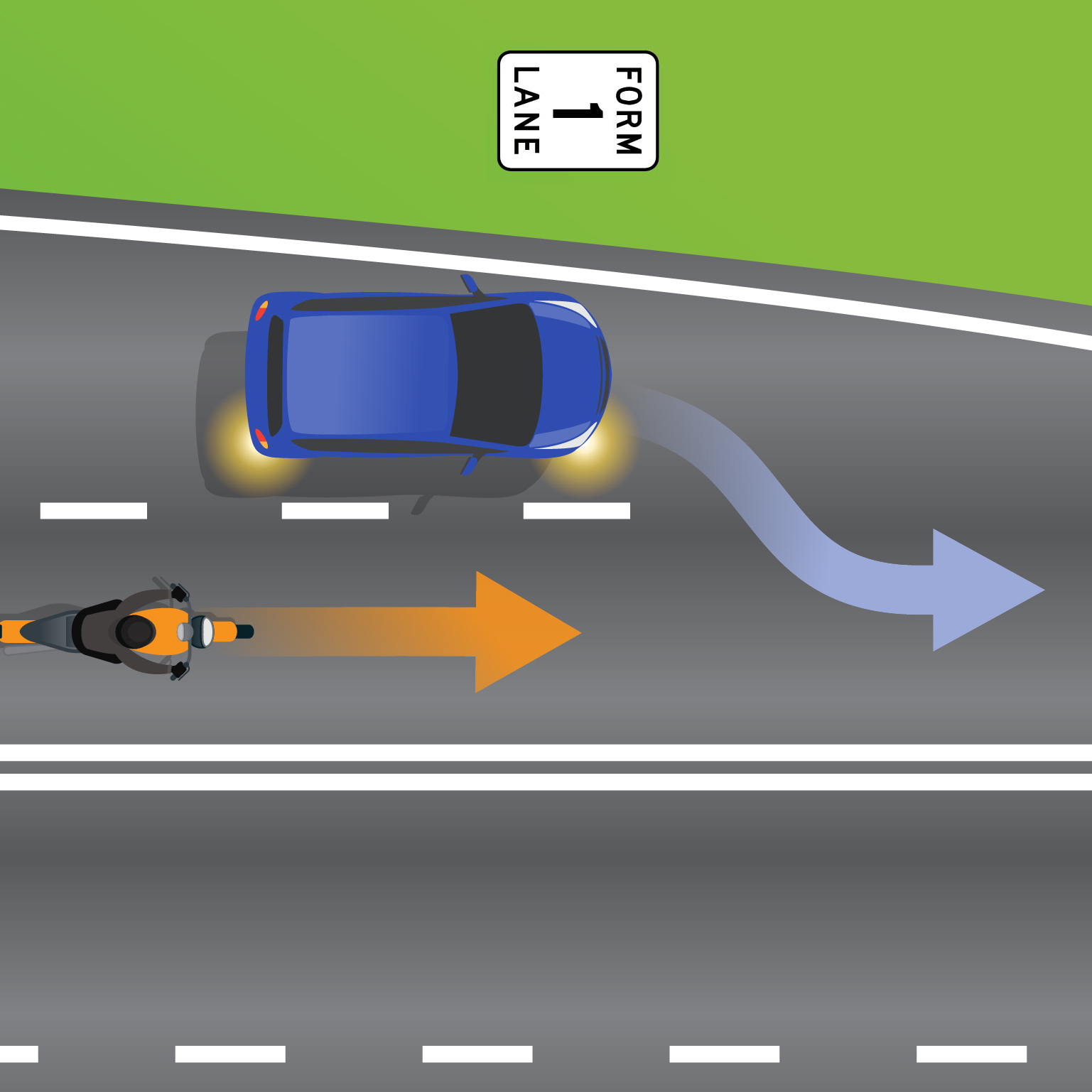this post was submitted on 21 Jan 2025
28 points (96.7% liked)
Brisbane
974 readers
73 users here now
Home of the bin chicken. Visit our friends:
founded 2 years ago
MODERATORS
you are viewing a single comment's thread
view the rest of the comments
view the rest of the comments

In Australia you also indicate when changing lanes. The catch is that in this scenario, you aren't really changing lanes in that way. See where the dashed line ends? After that point there is only one lane in the direction of travel. It makes it a little less clear.
In spain you ARE changing laneain this scenario. Legally speaking lanes are not merging, the left lane is ending and the right lane continues. The left lane is merging into the right lane, so it's a literal lane change. Regardless of where the dashes end that's how it works.
What about in the scenario shown in this real-world picture?
Or do you not have scenarios like that?
Here we make a distinction between one lane ending and two lanes merging. This government advisory webpage gives examples of both. In theory they could look like the above, but my experience is that in practice, when it's "two lanes merging" it tends to be shaped more equally between the lanes, like in the real-life image shown there.
~~What about the arrow indicates anything but the left lane of the right road merging INTO the centre lane of the right road? Its a literal lane change. I feel like you couldn't have picked an easier real life example.~~
~~Edit: wait, that's an Australian image! Sorry for the confusion. That's not a lane merge but the right lane getting out of the road for an intersection that is not shown in the picture, right? The road also lets you incorporate again into the left side lane. It would have been obvious if I were to be driving there though. In fact, it looks like it's one of those turns where you stop the car so it's clearly an incorporation and you need to indicate.~~
~~Maybe you got confused by the "it's clearly the left one" thing? I meant that in the image shown, it's the left one who has to indicate because it's the car that is incorporating into the other lane.~~
Edit2: I'm fucking blind. You are right, that's a lane merge on the left side of the image and unless there are indications before they merge I would assume that the main lane (right side for almost all the world besides UK and Australia I guess, sorry again for the confusion) is the one that stays and the auxiliary lane is the one that's to merge, so I would assume that the right lane indicates in your image. I agree that without prior indications it might get confusing.
Third fucking edit because I didn't bother reading you link until now. Those are indications on who has to give way, not on who has to indicate (turn on the lights, which is what this post is about). Both of the examples have the lane that ends indicating the lane change with lights regardless of them having the right to go or giving way to the other car.
I have an example that is ~~way more confusing~~ right next to where I live, but we are taught on this literal curve when getting the license so there's no doubting about it. For context, there are tons of arrows asking the left lane to change into the right for about 1KM before you reach this point so it's confusing only if you ignore all indicators and only see the image I posted, ~~but still, more confusing than your example for sure.~~